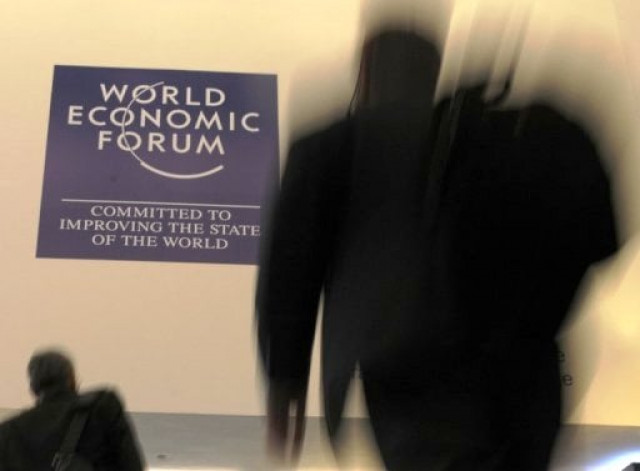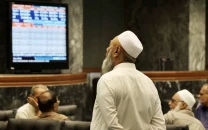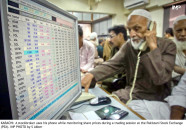India courts investment as FDI slides
Bureaucratic and procedural delays are forcing investors to seek avenues other than India.

It may seem a surprising figure given scorching growth running at nearly nine per cent. But the culprits are delays in environmental clearances and land acquisition, red tape, and infrastructure bottlenecks, a report by India’s central bank said last week.
In 2010, foreign direct investment (FDI) in India slid 32 per cent from a year earlier to $24 billion.
At the same time, rivals were drawing ever more FDI. Singapore grabbed 122 per cent more than the previous year with $37 billion, China drew 6.3 per cent more than 2009 at $100 billion, while FDI inflows into Malaysia grew by a staggering 410 per cent to $7 billion.
“The numbers are a wake-up call. India has been dragging its heels on economic reforms for too long,” Kevin Grice, international economist at London-based Capital Economics, told AFP.
The figures came as India sent a huge corporate and government presence to the Davos meeting in the Swiss Alps, with bullish chief executives hailing India’s booming economy and investment potential.
But the central bank noted that the biggest investment falls were in construction, real estate, mining, and business and financial services.
“India should take note. Its peers are marching ahead. India’s policies are not as open, competitive and welcoming as they should be,” Deepak Lalwani, head of London-based Lalcap Ltd, an Indian investment consultancy, told AFP.
Businesses regularly complain about India’s byzantine regulations, burdensome standards and cumbersome visa rules.
The central bank said India must pull up its socks to reverse the investment decline by shortening approval times and sorting out land acquisition issues.
Industrialisation has long been championed by economists as a way to pull tens of millions of Indians out of poverty. But across the country, acquiring land for factories has frequently created battlegrounds.
Among the host of stalled high-profile projects are a $12 billion mill by South Korea’s Pohang Steel Company.
The scheme, which would be India’s largest single foreign investment, has hung in limbo since 2005, running into trouble over land rights and environmental clearances.
Giant steelmaker ArcelorMittal has also found itself unable to acquire land for five years for a proposed plant in eastern India.
“Wherever land acquisition and environment clearance are concerned, the projects are piling up,” Indian Steel Minister Virbhadra Singh said recently, adding delays trigger a “chain reaction” by deterring other investors.
The central bank said India must also speed up its economic reform process, hamstrung by political opposition. Since the Congress government was re-elected two years ago, it has taken no major steps on opening up the economy.
The investment decline, if it continues, spells bad news for the country, which the bank said “needs a quantum step” in investment to propel economic growth to the double-digit levels needed to reduce massive poverty.
Another dampener is high inflation, running at nearly nine percent, together with a series of aggressive interest hikes by the central bank that could hit growth, reducing India’s allure for investors, analysts say.
The bank last week raised borrowing costs to a nearly three-year peak to curb rising prices.
The bank also warned that if global recovery turns out to be faster than expected, it could increase the attractiveness of investing in developed economies, which would hit capital flows to India.
“The longer-term picture of Asia outperforming the US is taking a breather,” Tim Moe, Goldman Sachs’ chief Asia-Pacific strategist, recently noted.
Goldman Sachs and Nomura are among a clutch of investment houses that have warned economic growth could be slower than previously expected in India, with the nation’s benchmark stock index already down 10 percent since the start of the year.
Published in The Express Tribune, January 31st, 2011.


















COMMENTS
Comments are moderated and generally will be posted if they are on-topic and not abusive.
For more information, please see our Comments FAQ